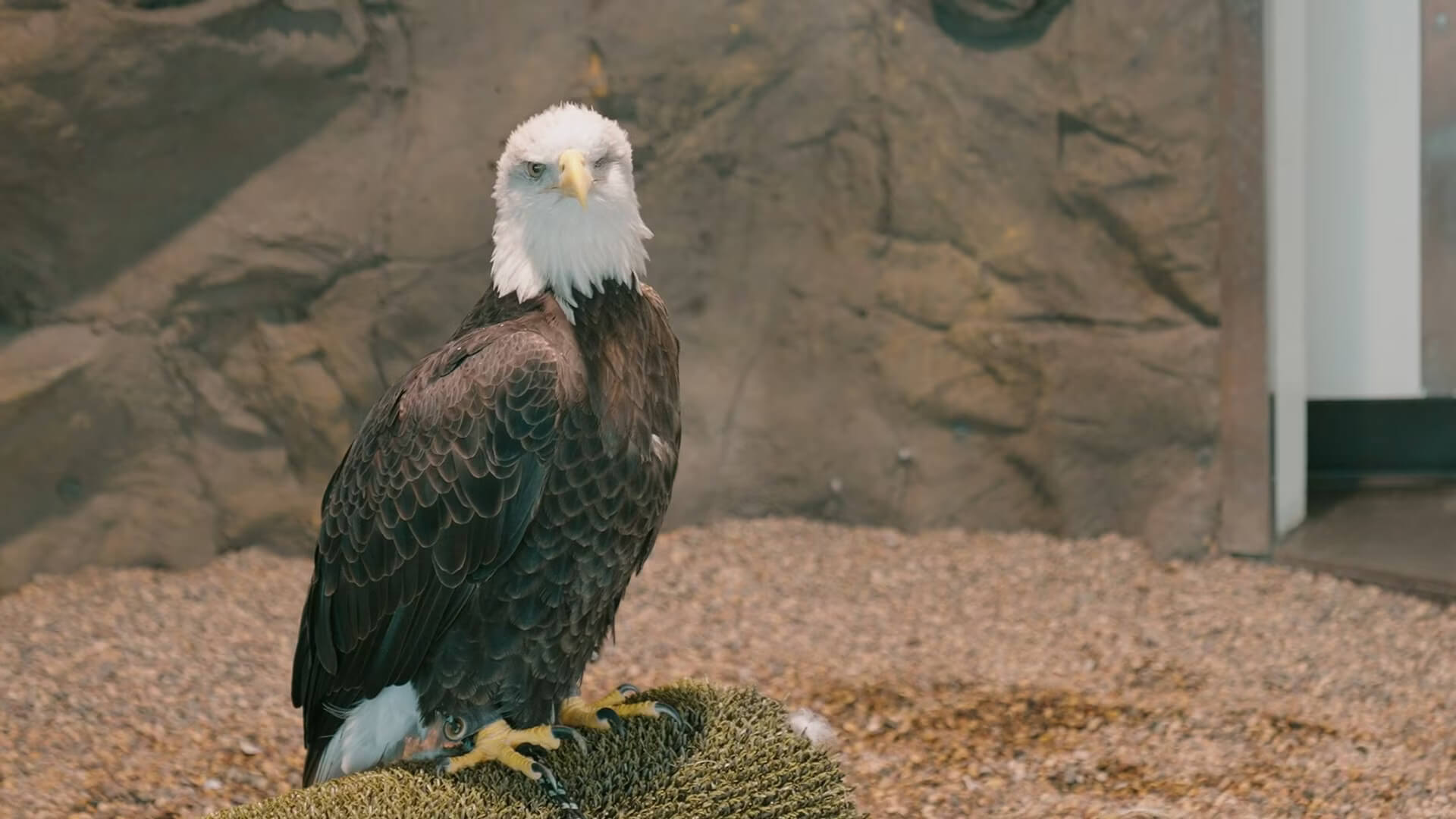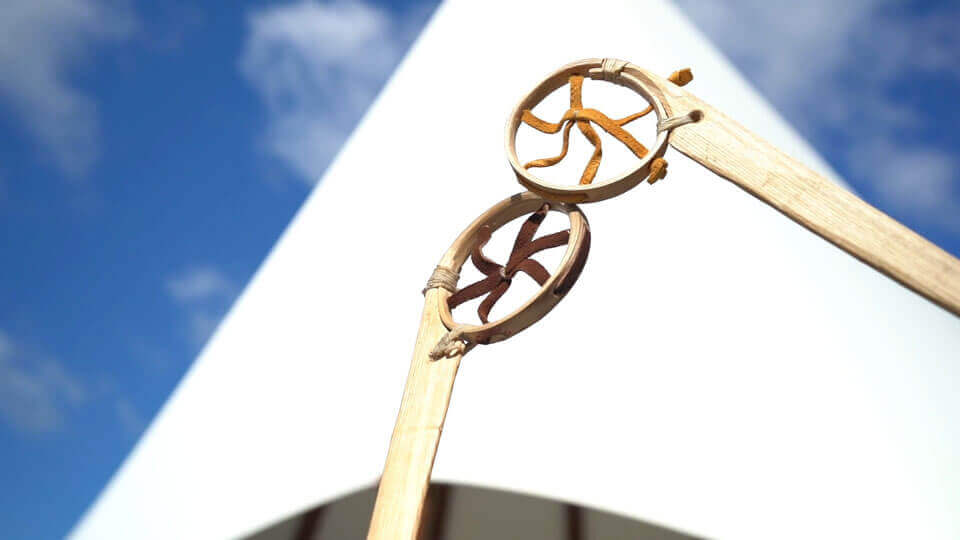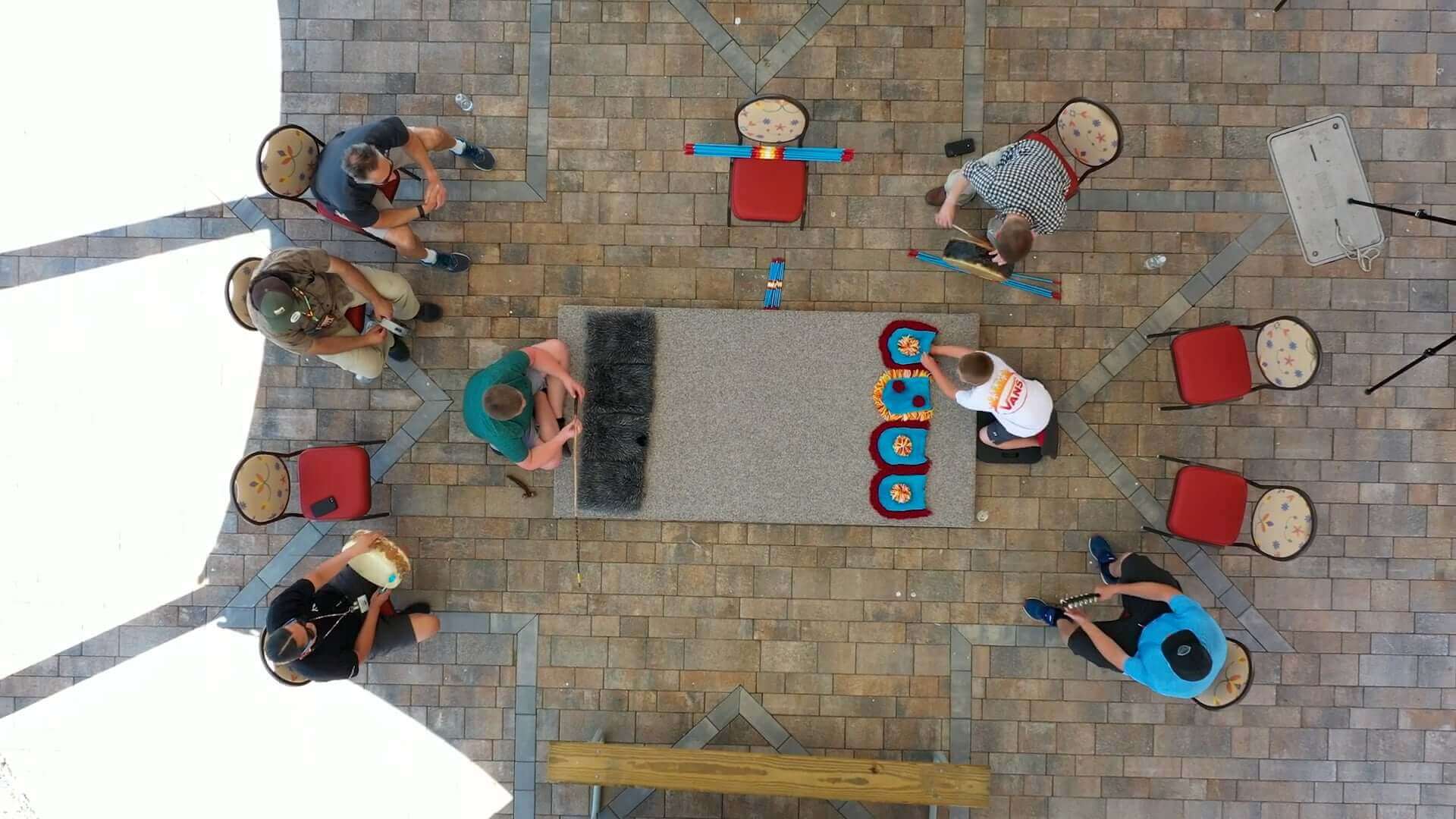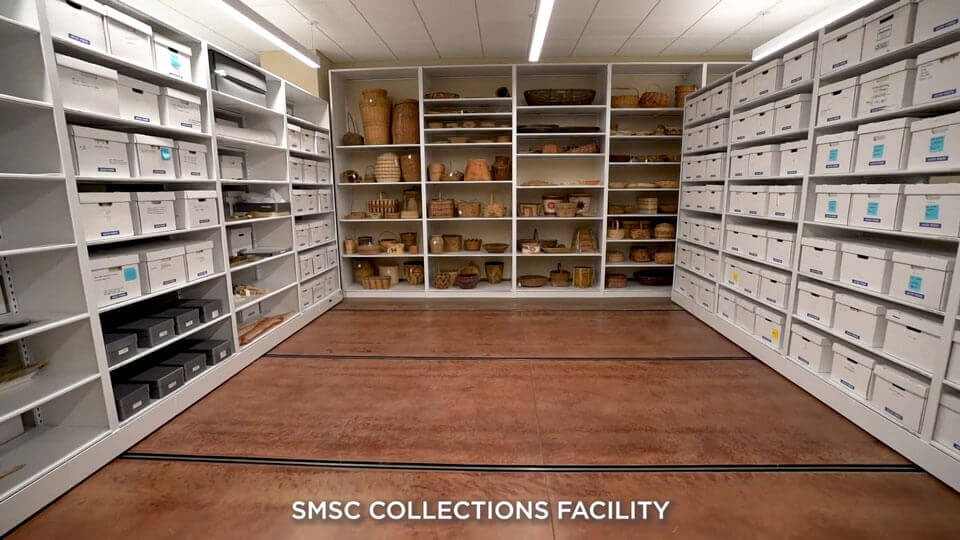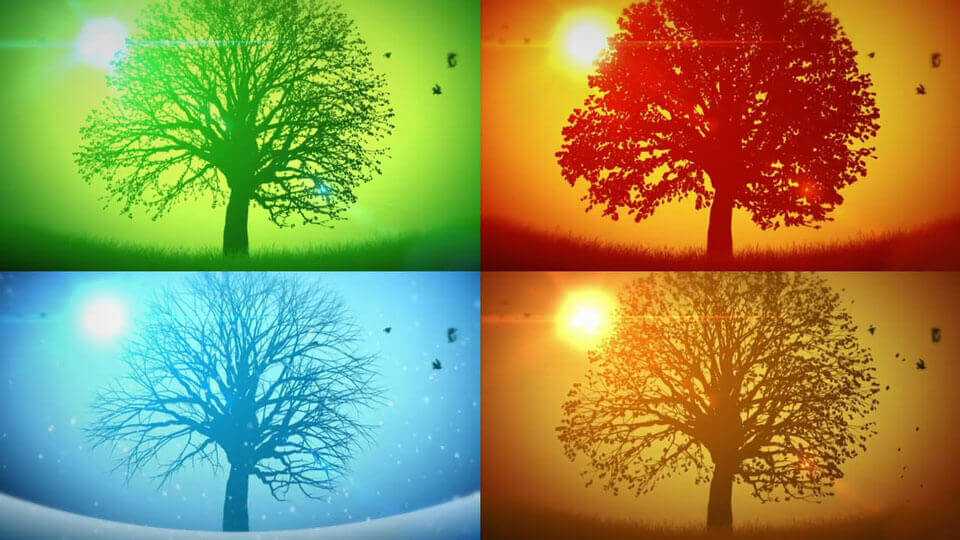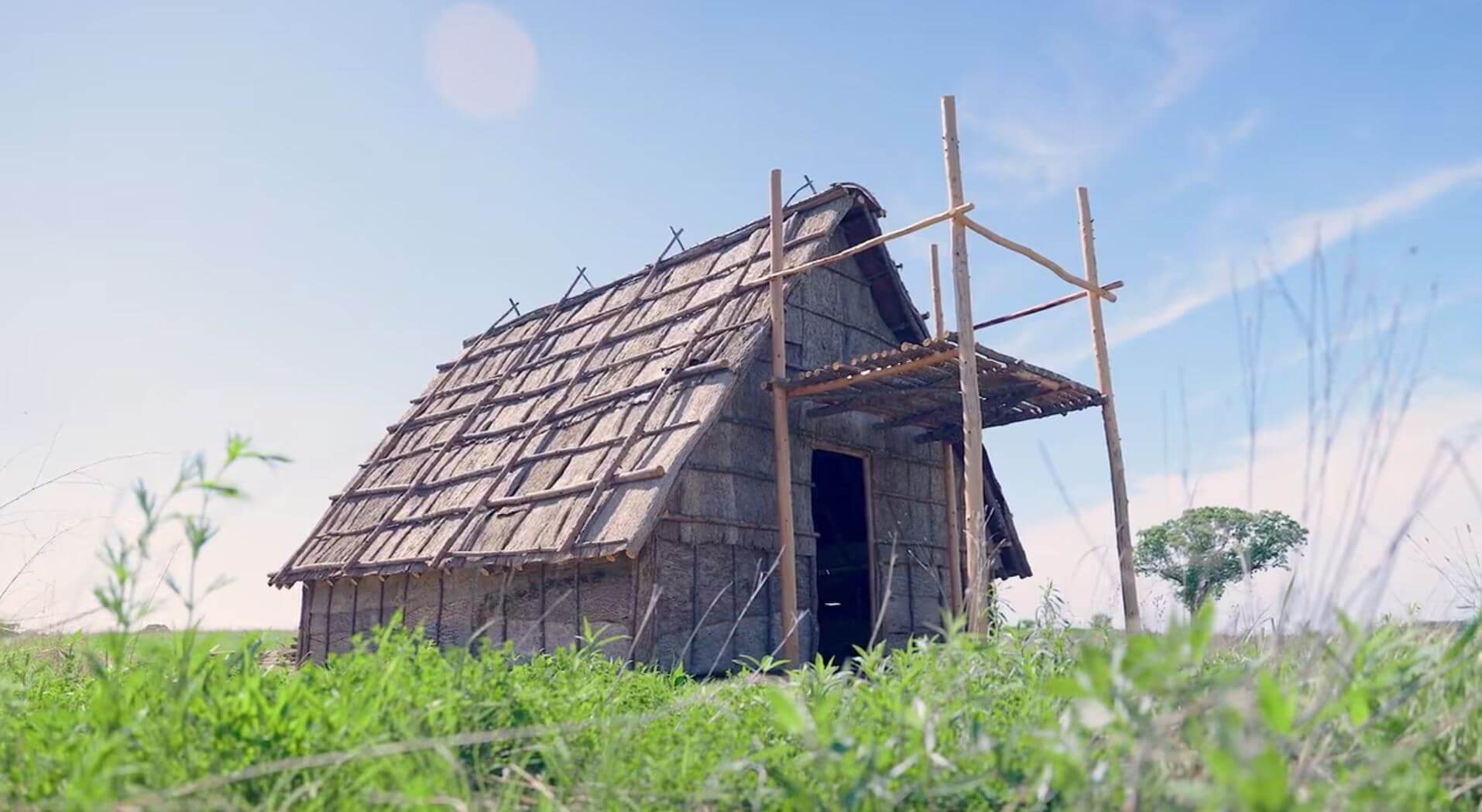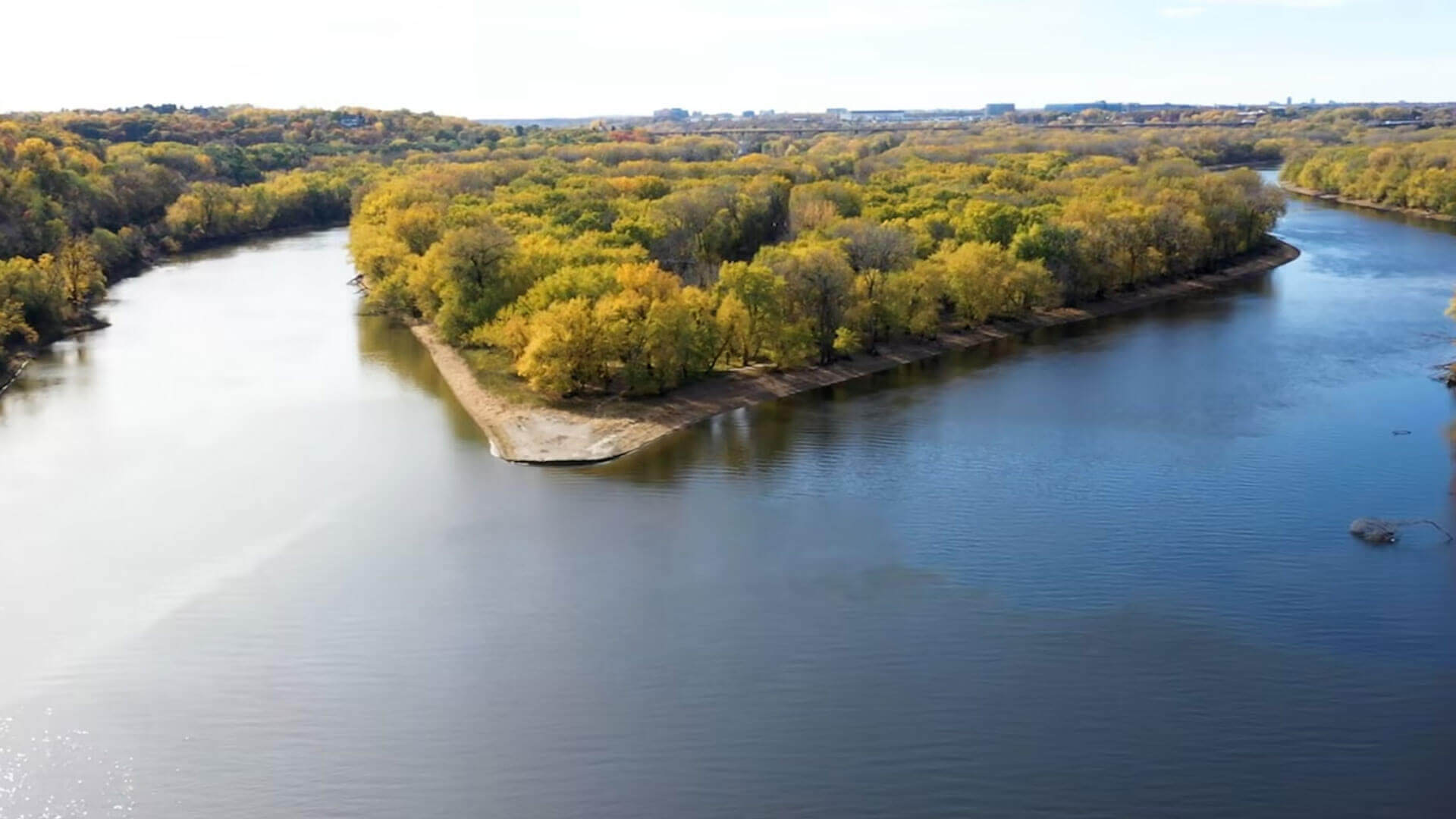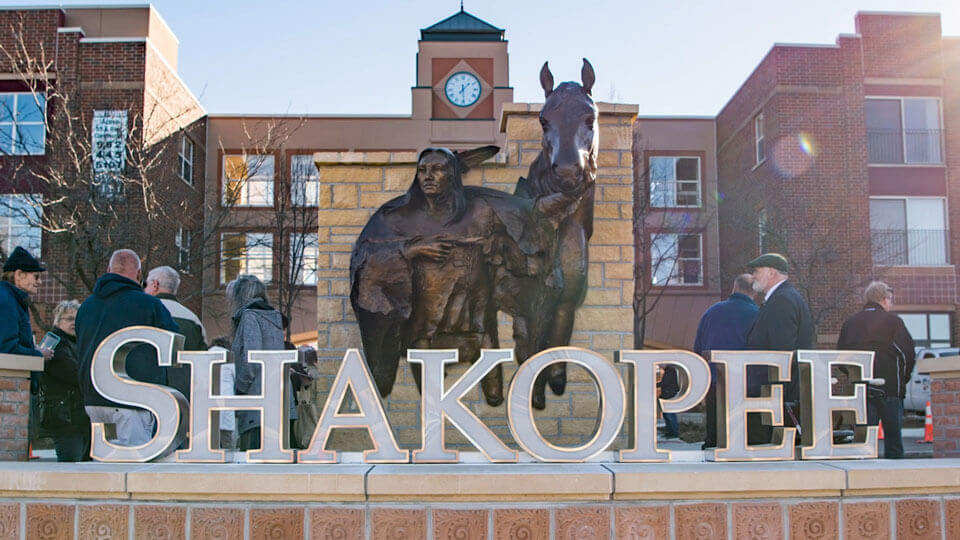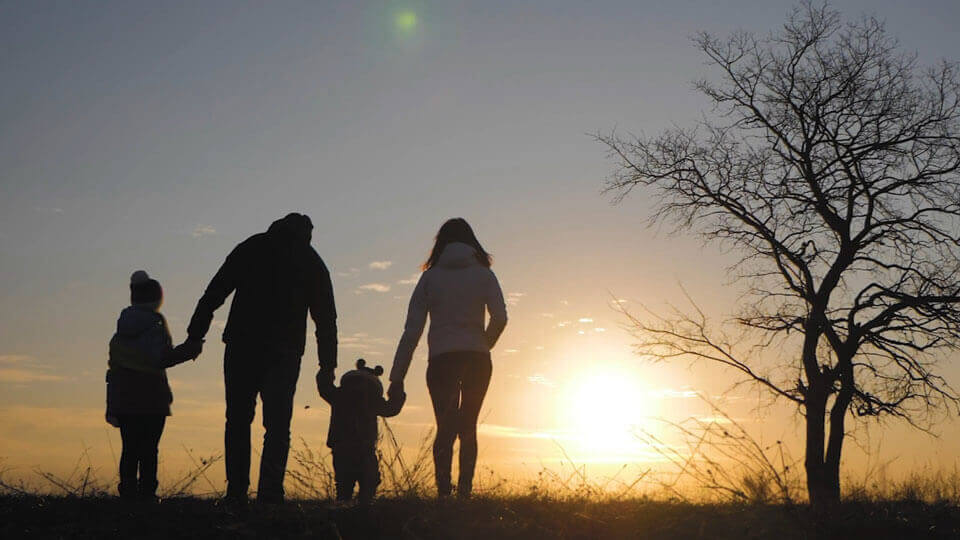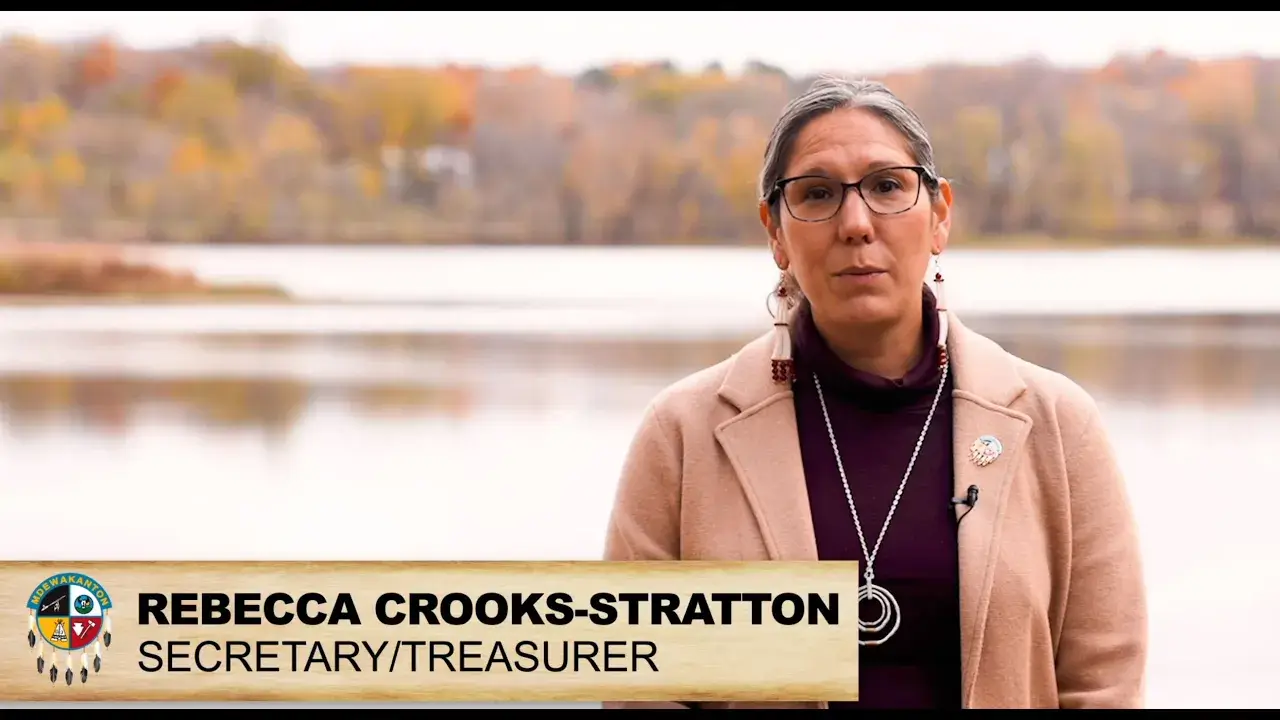NAHM Bark Lodge
Led by consultants from Great Lakes Lifeways Institute, SMSC Members and Hoċokata Ṫi staff built a bark lodge in May using traditional materials.
Constructed from elm bark and tamarack poles, the bark lodge will be used to revitalize seasonal lifeways plus provide a space for Community Member gatherings. Bark lodges once were predominant in the landscape along the Minnesota and Mississippi Rivers. The Dakota people are well known for living in tipis during the winter, however, the lodges were a more long-term home as part of camps that were active with planting, gathering, and hunting.
While the bark lodge is in a private area of Hoċokata Ṫi, visitors can see a replica and learn more about Dakota lifeways in the Mdewakanton: Dwellers of the Spirit Lake public exhibit.
